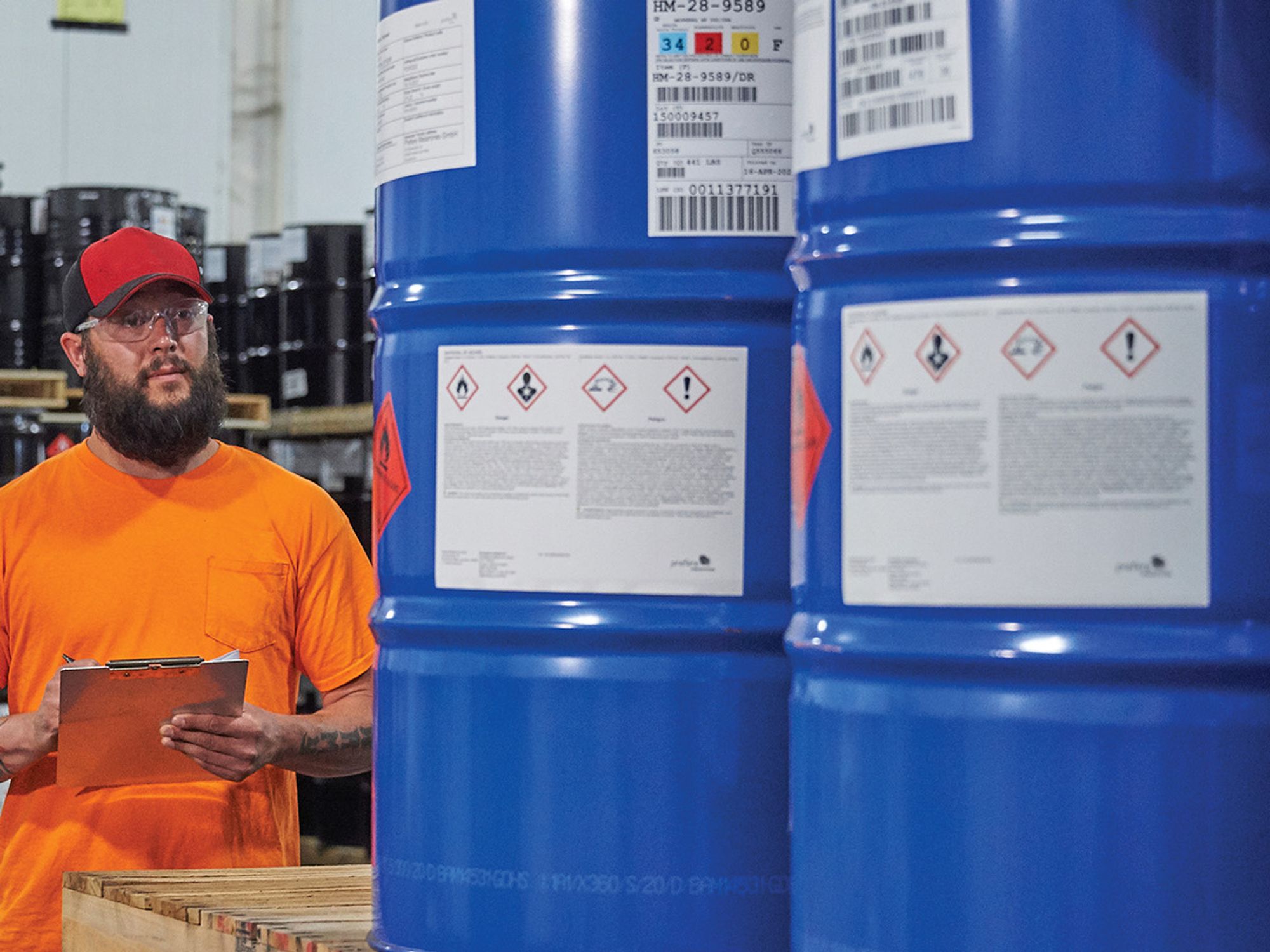Key definitions

- Key definitions for the 13 carcinogens may be found in this section.
Authorized employee: Any employees whose duties require them to be in the regulated area and who have been specifically assigned by the employer.
Clean change room: A room where employees put on clean clothing and/or protective equipment in an environment free of the 13 carcinogens addressed by this section. The clean change room shall be contiguous to and have an entry from a shower room, when the shower room facilities are otherwise required in this section.
Closed system: An operation involving a carcinogen addressed by this section where containment prevents the release of the material into regulated areas, nonregulated areas, or the external environment.
Decontamination: The inactivation of a carcinogen addressed by this section or its safe disposal.
Disposal: The safe removal of the carcinogens addressed by this section from the work environment.
Emergency: An unforeseen circumstance or set of circumstances resulting in the release of a carcinogen addressed by this section that may result in exposure to or contact with the material.
External environment: Any environment external to regulated and nonregulated areas. Isolated system means a fully enclosed structure other than the vessel of containment of a carcinogen addressed by this section that is impervious to the passage of the material and would prevent the entry of the carcinogen addressed by this section into regulated areas, nonregulated areas, or the external environment, should leakage or spillage from the vessel of containment occur.
Laboratory-type hood: A device enclosed on the three sides and the top and bottom, designed and maintained so as to draw air inward at an average linear face velocity of 150 feet per minute with a minimum of 125 feet per minute; designed, constructed, and maintained in such a way that an operation involving a carcinogen addressed by this section within the hood does not require the insertion of any portion of any employee’s body other than his hands and arms.
Nonregulated area: Any area under the control of the employer where entry and exit are neither restricted nor controlled.
Open-vessel system: An operation involving a carcinogen addressed by this section in an open vessel that is not in an isolated system, a laboratory-type hood, nor in any other system affording equivalent protection against the entry of the material into regulated areas, nonregulated areas, or the external environment.
Protective clothing: Clothing designed to protect an employee against contact with or exposure to a carcinogen addressed by this section.
Regulated area: An area where entry and exit are restricted and controlled.
